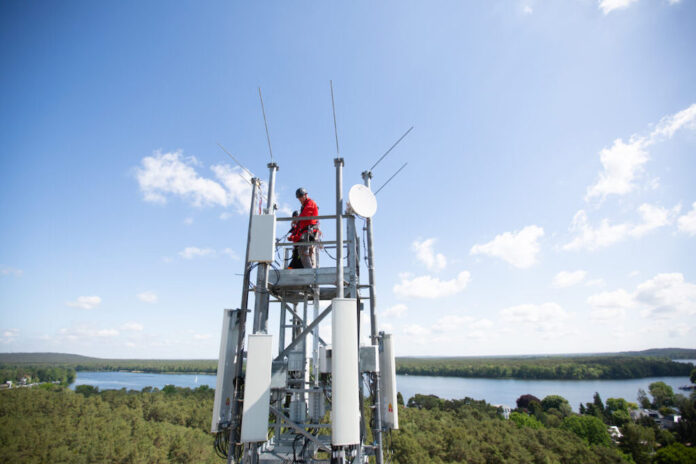Inland shipping network is Europe’s floating freight superhighway
Vodafone is about to energise Germany’s seaports and inland waterways with vastly improved 5G and LTE installations. It has announced plans to reinforce both the company’s LTE foundations and 5G, filling in blackspots and granting access to its 5G Standalone (SA) networks.
The upgrade to existing networks will be good for both business and the environment, said Vodafone Germany. Germany’s 4,800 km federal waterway network is one of the busiest transporters of international freight traffic in Europe, while shipping is the most environmentally friendly mode of freight transportation. A barge can transport a ton of cargo almost four times as far as a truck with the same energy consumption, according to the German transport ministry BMVI.
Vodafone already covers 99% of the waterways with LTE and two-third of them with 5G but it sees room for improvement. Germany has 18 seaports of ‘economic importance’ and about 7,476 kilometres (4,645 miles) of inland waterways. There are 2,800 waterway locations with LTE coverage and 1,400 of waterways sites broadcasting 5G, with Vodafone’s 5G Standalone (SA) available on 440 of them.
However, Vodafone will bolster its 4G LTE coverage by closing dead spots and improving bandwidth. The company plans to deploy another 700 sites to further improve coverage and download speeds.
Vodafone began researching the possibilities for 5G orchestrating water transport systems in August 2020, when it joined a project to research and test 5G’s potential role in enabling autonomous passenger ferries, port logistics and sailing events on the Kiel Inner Fjord. It activated its 5G SA network in 2021 and promised 5G SA throughout the country by 2025. The company launched 5G SA service in partnership with Ericsson, Nokia, Qualcomm and Oppo. Initially, Vodafone Germany upgraded 1,000 sites throughout the country with 5G SA, lighting up service in major German cities including Frankfurt, Berlin, Frankfurt, Hamburg, Munich and Düsseldorf.
It redoubled its 5G and 5G SA efforts in 2022. In May, Vodafone and the German Rail operator Deutche Bahn signed a Memorandum of Understanding (MoU) to jointly remove all the black spots from Vodafone’s 4G network across the German rail network. Vodafone Germany said that by mid-2025 there will be an express 225 Mbps LTE service running the length of the 7800km of main line routes served by ICE and IC trains.
It then launched 5G SA in the German city of Bonn, reported RCR Wireless. In July 2022 it announced a 5G SA service for Munich. Its deployment strategy in Bonn and Munich is similar to its waterways strategy: the carrier is using existing mobile communications infrastructure wherever possible, putting 5G and 5G SA antennas into operation at existing mobile communications sites. The already existing mobile radio stations are being upgraded with additional 5G and 5G SA technology, as the company upgrades masts, observation towers, church towers and on the roofs of town halls, office buildings and residential buildings with new antennas and radios.
Vodafone has installed 15,000 5G antennae this year, bringing 5G coverage to more than 55 million people throughout the country. About 15 million of those customers can also get 5G SA coverage, it said.



